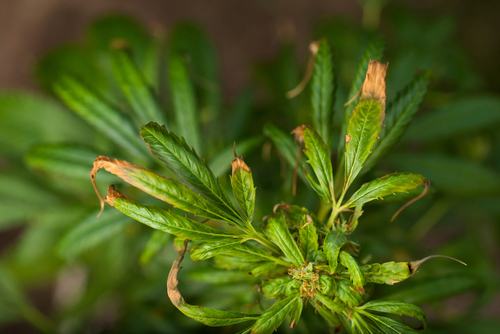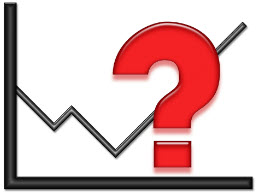Will plants recover from fertilizer or nutrient burn? Signs and symptoms you can’t afford to ignore
So, you’ve noticed your plants are struggling a little bit. Think your plants have fertilizer or nutrient burn? Maybe you were a little heavy-handed when applying fertilizer to your cannabis plants or others. Now you want to know how bad is nutrient burn. Will your plants recover? Don’t worry, we have all the information you need here.
Below, we’ll discuss nutrient burn, list some of the early signs of nute burn, and talk about if your plants will recover from it.
What is nutrient burn? Is it the same as fertilizer burn?
Nutrient burn is a common problem growers experience with their plants. It happens when a plant is fed too much fertilizer, when applying soluble fertilizer too often, when drainage of media is poor or when growing in dry conditions, among other things. This causes plant damage. It’s also referred to as nute burn or fertilizer burn.
How bad is nutrient burn? Over-fertilizing your plants with nutrients can negatively impact growing productivity and hence your profitability.
It happens because plants are not equipped with the ability to discard excess nutrients. They cannot handle overfeeding. Therefore, it’s essential for you to regularly monitor your plants for early signs of nutrient burn.
What are the early signs of nute burn?
What does nutrient burn look like? Here are some of the early signs and symptoms:
- Leaves bending at the tips
- Deep green colouring of the leaves
- Slight brown or yelling at the tips of leaves
These are the early signs. But there are also more advanced symptoms to watch out for:
- Twisting leaves
- Leaves wilt or curling under
- Brown or yellowing moving up the leaf
- Very slow growth
Generally, fertilizer burn starts at the tip of the leaf and works its way back toward the plant. Plants move nutrients through branches to leaves and when it has nowhere left to go (when there is too much fertilizer) it starts to burn the tips.
To prevent and manage overfeeding, use the application rates stated on the labels and regularly measure soluble salt levels in the media.
There can be some confusion between nutrient burn and other potential issues. Some may question if the issue is nutrient burn or something else.
For example, how can you tell the difference between potassium deficiency and nutrient burn? Potassium deficiency and nutrient burn are often mistaken for each other. Often the first signs of the issue look just like nutrient burn. However, you’ll know the issue is potassium related when the leaves turn yellow in the margins, primarily near the burn edges.

Will plants recover from nutrient burn?
If your plants do in fact have a nutrient burn, don’t panic. If you catch it early on, you can remedy the issue and save your plant. But unfortunately, you’ll still lose the parts of your plant that have been burned. You’ll need to cut those areas out of the plant.
Related to this, many people often ask if you can reverse fertilizer burn. No, you cannot reverse nutrient burn. The parts of your plants that have turned brown will never turn green and be healthy again.
How long does it take a plant to recover from fertilizer burn?
If you’ve overfed your plant, the first thing you’ll need to do is stop feeding it. Continuing the fertilization will only prolong the issue and it could even kill your plant. Be sure to remove excess fertilizer and flush out excess with water. You may even need to replant in new soil if the soil is over-saturated with fertilizers.
How long it will take your plant to recover will depend on the plant. It generally takes a couple of weeks to recover. Keep a close eye on your plants and look for signs of recovery.
Prevention is always the best cure when caring for your plants. Make sure you fertilize your plants based on their specific needs. Water-soluble fertilizers can help in this area.
Want to cut your fertilizer costs and increase grower profitability?
Learn how high-quality fertilizers can help you cut fertilizer costs, labour costs and increase your growing productivity here.
For more fertilizer productivity tips, check out these blog posts:
- 4 Things to look for in picking the best fertilizer for Fruit Trees.
- How To Fix Calcium Nutrient Deficiency in Cannabis Plants
- Why Are My Cannabis Seedlings Growing So Slow?
Plant-Prod manufactures water-soluble fertilizers for fruit trees, plants and flowers including cannabis. The choice of growers from California to Maine for over 70 years, Plant-Prod fertilizers are made from the finest raw ingredients in the world, tested constantly for purity and turbo-milled to ensure 100% solubility in order to help you improve yields while cutting fertilizer costs. Click here to find a Plant-Prod cannabis fertilizer supplier near you.

